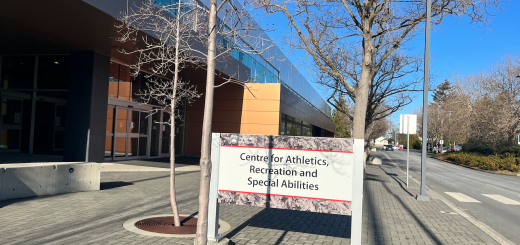Plants aren’t as boring as you might think.
As a biochemistry/microbiology student, something I noticed in my program was that almost no students had any interest in plants. Most students were either interested in biology at the molecular level or the human level, but nowhere in between. As I progressed through my degree, I found this mentality began to rub off on me, and soon I didn’t want to learn about plants either.
That all changed when I was reading a scientific article about Paclitaxel (commonly referred to as Taxol), an anti-cancer drug that is derived from the bark of the Pacific yew tree Taxus brevifola. After reading about how a molecule from a tree has the potential to save someone’s life, it got me thinking: “That’s actually pretty cool. Maybe I should look at this a little more closely.”

Structure of Taxol (Credit: Wikipedia)
Through more reading, I soon began to realize that plants aren’t boring at all. In fact, they’re actually some of the most interesting organisms on the planet: they’re immobilized, and yet are capable of reproduction, can defend themselves from predators using a variety of chemicals, and are responsible for coffee (that’s the big one).
Working with Dr. Peter Constabel in plant biochemistry further captured my interest: the enzyme I’m working with (dihydroflavonol reductase) helps with the synthesis of molecules that aid in herbivore defense. It’s fascinating that something incapable of moving along the ground can synthesize complex chemicals to protect itself against a wide scope of predators.
From a medical standpoint, plants are massive innovators. Approximately 60% of all cancer therapies have been derived from natural plant compounds, with an example being Vinblastin, a drug used for the treatment of leukemia.
Plants have even helped in the fight against malaria with the discovery of artemisinins, which are derived from the plant Artemsia annua.
Even Aspirin, a non-steroidal anti-inflammatory drug that can be found in most households, is derived from the bark of the willow tree Salix alba.
The most toxic molecule in the world, ricin, is derived from the castor bean found in Ricinus communis. This protein gained considerable fame from Breaking Bad, and is capable of preventing cells from synthesizing proteins, which results in cell death. Another example of a plant poison we’ve seen in life is tubocurarine, which is derived from Chondodendron tomentosum and used as a muscle relaxant for surgery.
Next time you take a stroll through UVic, take a look at some of the plants that you pass by and think about all the complex chemistry that’s taking place under that leaf/bark to help with reproduction and defense. Plants play a much larger role in your life than just being part of your salad, and I encourage you to do your own research on the part that plants play in the things that you wear, eat, and use.
This term, I’m taking a course called Plants and People (BIOL 334), which exposes how plants have played a massive role in human history and innovation, covering topics that range from medicine to spices. I highly recommend it to anyone at UVic if they’re looking to learn about everyday topics from a really interesting perspective.
Plants: boring? No, they’re lean, mean, green, cool-chemical-making machines.





